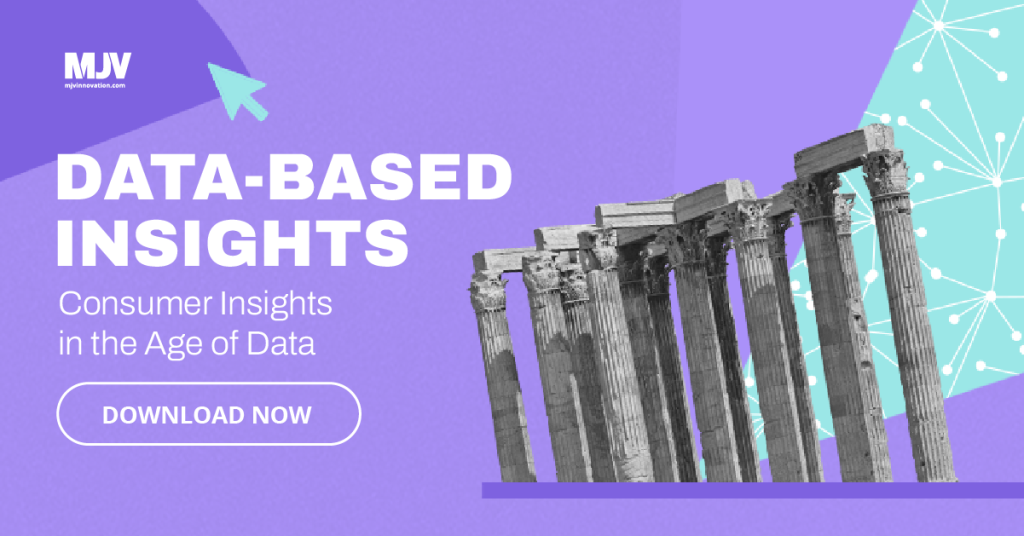Learn how buyer personas helped a major bank expand profitability by 20%
A new banking experience democratized access to financial services for low-income clients.
One of the largest banks in Latin America has approximately 80% of its clients with a monthly income of up to $ 8,000.00, a profile that has little liquidity to invest and, therefore, does not have a dedicated account manager. In this context, how is it possible to offer products that provide fluidity to the bank, within the reality of low-income clients? MJV was called by the company to answer this question. It was necessary to understand how these clients relate to money and banking institutions.
A Value Proposition for Low-Income Customers
For the bank’s managers, low-income customers were unprofitable since they did not use other products besides their checking accounts and credit cards. And for this reason, their efforts were allocated on other business fronts. However, the lack of interaction with this demographic does not allow banks to generate data that would identify their financial habits, which would allow them to make more adherent offers.
The challenge would be to develop a business model for this customer profile, restructuring the communication of a new value proposition with the offer of more assertive financial products and services.
Building a Sustainable Open-Door Policy
Throughout the project, we went to the homes of account holders to interview low-income bank customers. We also talked to residents of rural regions where the sustenance comes from the agrarian work. During this immersion phase, some key issues were raised:
- The incompatibility between the offer and the context of the client’s life
- The lack of understanding about the benefits of each product due to the technical difficulty of the subjects
- The feeling of discomfort when addressing the manager and a certain intimidation from the bank due to the corporate environment
Relationship to Empower the Customer
The analysis of the collected inputs encouraged the creation of different personas based on different behaviors regarding the degree of financial education and familiarity with the banking system. Co-creation workshops were carried out with the bank’s employees to bring them closer to the low-income client and devise solutions for them. As guidelines, ideas should follow the following criteria:
- Empower the user before and after using a financial product
- Transmit analog and digital security
- Develop a mutually beneficial relationship between agency and client
- Accepting differences and converting them into business opportunities
After analyzing and categorizing various value ideas, we found a need to humanize the communication with the customer, make it more visual and create a live CRM base, verifying whether the discoveries made within the database through the Design Thinking process were true.
Humanizing Communication Between Client and Bank
Communication was a key factor that required remodeling so that the client and the institution could be brought back together. Many users had low formal education and some were even functional illiterates. It was necessary to simplify the language, eliminate technical terms and make use of visual tools.
As a solution, an infographic booklet was produced. It provided basic information on financial products, illustrated with simple examples. Among other issues, we answered some basic questions regarding financial products, such as:
- Where does the money from savings income come from?
- What is the importance of life insurance?
- How does capitalization work?
- How does payroll credit work?
Finally, a process was carried out to identify the personas within the bank’s relationship base. Out of 16 million people, there was a 75% adherence.
Extended Prototyping: Out-of-Curve Results
Simple prototypes were developed and tested among specific profiles who were prompted to select the products they would be most likely to buy.
In order to support the communication between managers and the low-income account holders, folders with segmented communication were printed. As a result, there was a considerable increase in sales at the banks that made use of this material.
With promising results, the financial institution selected 23 strategic South American cities to test the pilot on a larger scale. To do this, however, it was necessary to change the modus operandi. In just one month, our team of developers created a digital sales force system to support managers in customer relationships.
The platform was compatible with mobile devices and connected to the bank’s CRM database, which enabled the bank to monitor the status of customers in real-time. With a CPF-based search, the system found the corresponding person, the services indicated and the most assertive sales arguments.
We have also created a sales ranking at the customer’s request, where all managers have visibility on sales performance, in order to stimulate continuous improvement.
Profitable Credibility: An Exponential Evolution
The solution developed by MJV, in partnership with the bank, brought a number of benefits, some of which were priceless, such as access to banking services by customers who did not feel they were involved.
“For me, this was really important. This little piece of paper here […] if it were not for the bank today, I would not understand that this can benefit us, so I’m very grateful.” – Participant.
With an approachable language, the brochures played a decisive role in increasing sales, helping managers explain the benefits of each financial offer in practice. At the end of the project, we drew a comparison between the 23 branches that used the pilot and those that continued with the previous sales process. In the first case, the profitability evolution was exponential.
The results? An increase of 20% in the profitability of the pilot approach in relation to the other branches.
The match between qualitative personas and the bank’s CRM database and the scenarios designed for the interactions from the process were crucial to the generation of empathy between bank employees and clients, facilitating communication and promoting the relationship between the low-income public with the institution.
Back
